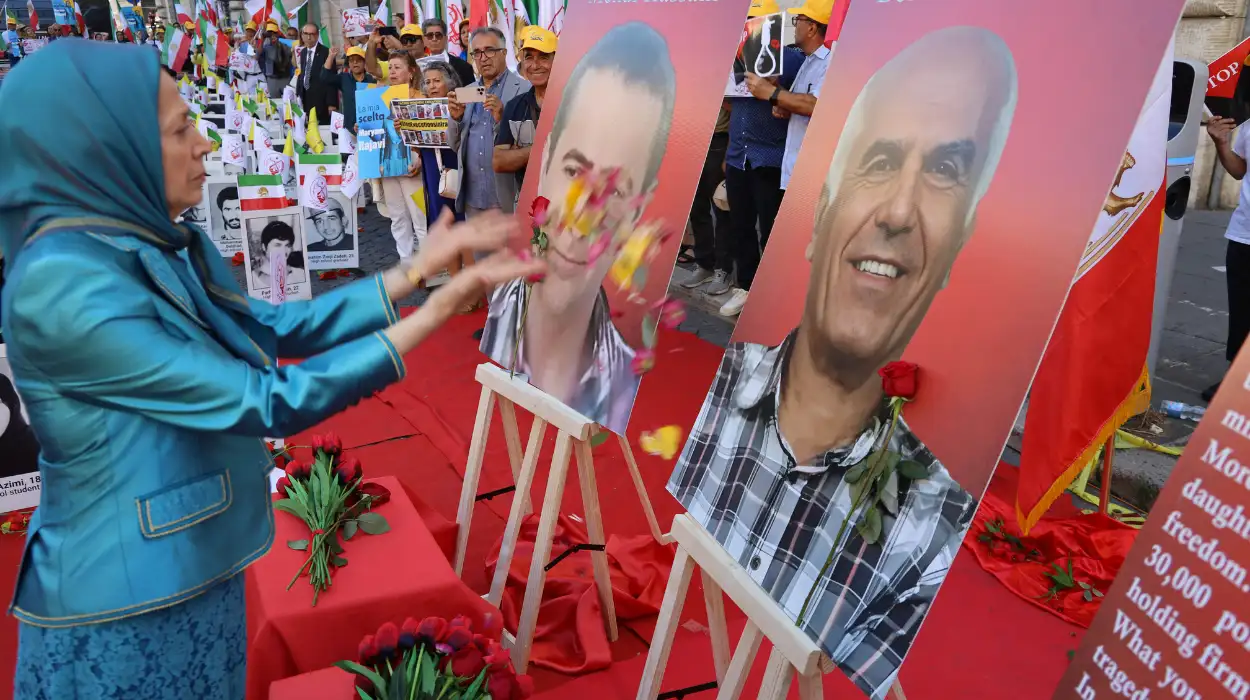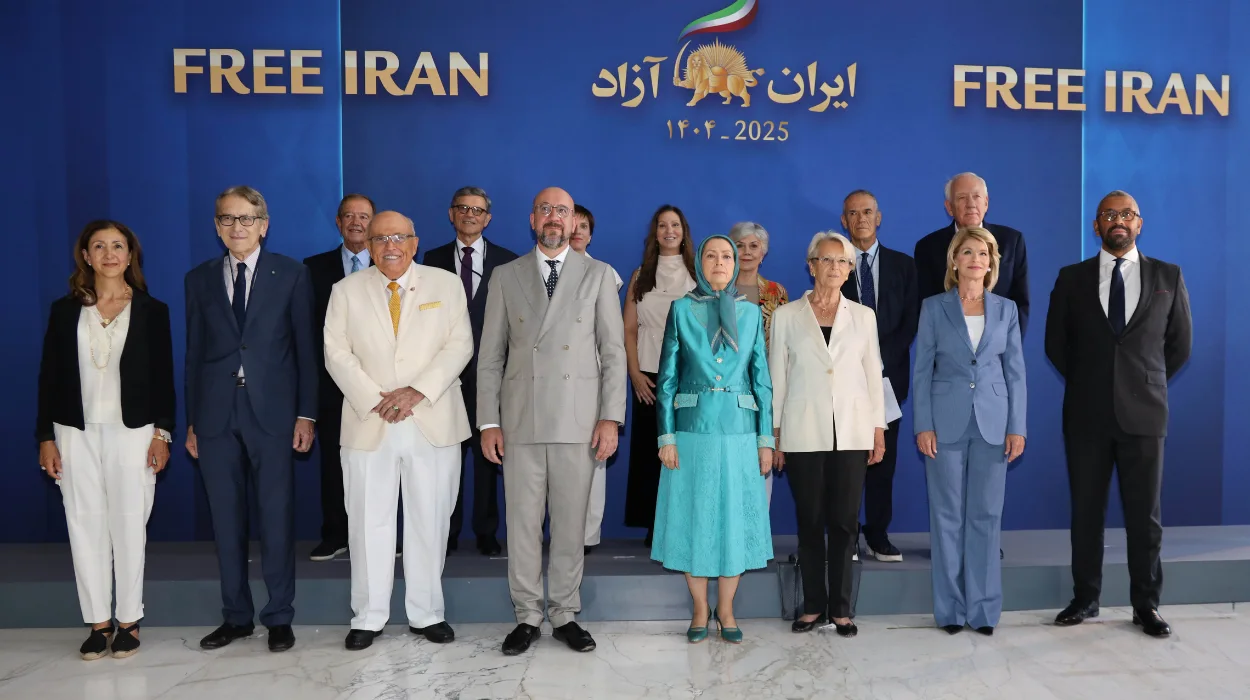For the first time in over a century—since the 1907 Constitutional Revolution, inspired by the French Revolution—the dream of freedom in Iran feels truly within reach. The vision ahead is bold and clear: a secular republic founded on the separation of religion and state, gender equality, the elimination of nuclear weapons, an end to executions, no compulsory hijab or forced religion, and no authoritarian rule. This vision includes ethnic autonomy, peace with neighboring countries, and peaceful coexistence with the world.
But this path has been anything but easy. The cost has been staggering over 100,000 lives lost in the pursuit of freedom. The Iranian people’s resistance has been crushed repeatedly, at times coming close to complete destruction. It has been a perilous journey, walking a fine line between liberty and death. Yet, like a phoenix rising from the ashes, the movement has once again soared toward the peaks of freedom.
The religious dictatorship sees its survival as tied to the destruction of Iran’s resistance—especially the People’s Mojahedin Organization of Iran (PMOI/MEK), which forms the backbone of this struggle. But today, thanks to the unwavering persistence of the resistance, the tide is turning. The theocratic regime is on the brink of collapse, faced with a decentralized resistance movement built on thousands of grassroots cells across the country—ready to pay any price for a brighter future. A future that belongs to the people, with no return to the past.
Despite all the suffering, executions, and even acts of genocide endured by the Iranian people, remnants of the monarchy remain trapped in delusion. They imagine that time has somehow reversed, and that the fall of religious tyranny will simply make way for the return of royal dictatorship. Perhaps this explains why Reza Pahlavi, son of the former Shah, is now seeking support from factions within the Islamic Revolutionary Guard Corps (IRGC).
On July 26, Reza Pahlavi hosted a gathering in Munich. In an interview with Politico, he claimed that more than 50,000 regime officials and military personnel had registered on a “secure platform” aimed at supporting the overthrow of the clerical regime. He also stated that he was in discussions with regime security and military forces about their potential role in toppling the religious dictator Ali Khamenei and forming a secular government.
From Shah to Mullah—and now from Mullah back to Shah?
Is this the cruel irony of history? The answer is clear: no. History does not move backward. The Pahlavi dictatorship cannot reclaim power on the blood of hundreds of thousands of freedom fighters—this time repackaged in the name of modernism.
On July 31, Maryam Rajavi, leader of the Iranian opposition, spoke at a conference in Rome attended by numerous European and American officials and lawmakers. She firmly stated that the religious dictatorship must be fully rejected in all its forms and factions. From the beginning, the National Council of Resistance of Iran (NCRI) has drawn a clear boundary between both the Shah and the Mullahs—because neither represents democracy.

She emphasized that the NCRI, whose legitimacy is rooted in four decades of resistance, views freedom as the sole measure of progress. It offers no privileges and allows no discrimination based on belief. Every citizen—whether religious or not—must enjoy equal rights under the law.
Charles Michel, former Prime Minister of Belgium and President of the European Council (2019–2024) delivered an emotional tribute to the Iranian Resistance, describing its courage as an inspiration to democrats worldwide. “Your courage, your energy, your resilience inspires all of us,” he said, noting that decades of oppression had failed to silence the Iranian people. “From the streets of Tehran to Ashraf 3, a powerful voice rises again and again, refusing to be silenced.
Pahlavi’s claims of contact with segments of the regime and the IRGC, supposedly to help lead a transition to democracy, are nothing more than a bitter and grotesque farce. In truth, such actions only serve to prolong the life of a theocratic regime on the verge of collapse. Just as he helped derail the 2022 uprising, he now seeks to prevent the next one—by sowing confusion and doubt within the ranks of the opposition.
Dear reader,
Opinions expressed in the op-ed section are solely those of the individual author and do not represent the official stance of our newspaper. We believe in providing a platform for a wide range of voices and perspectives, even those that may challenge or differ from our own. We remain committed to providing our readers with high-quality, fair, and balanced journalism. Thank you for your continued support.



